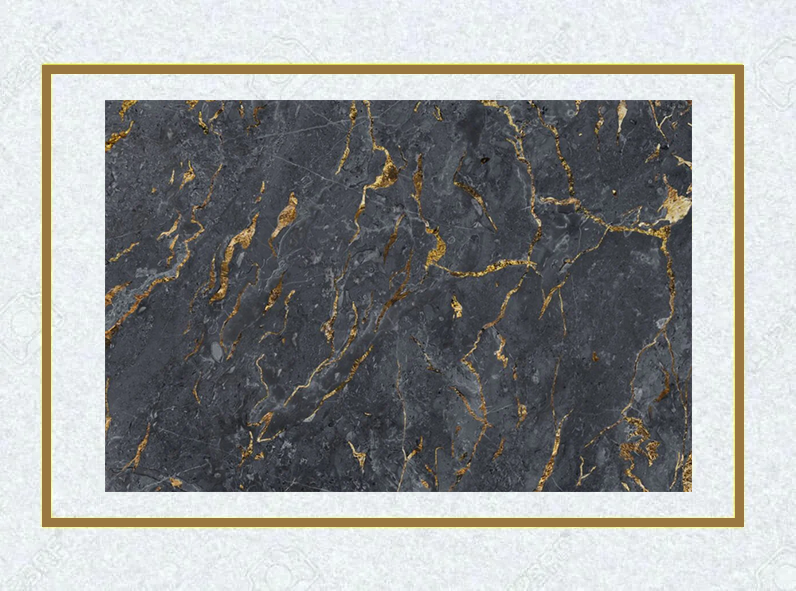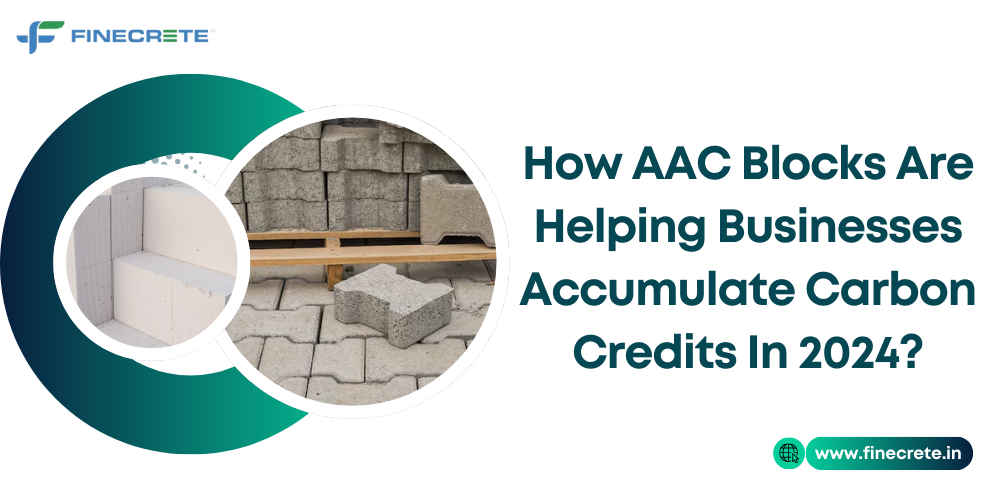It is 2024, and it is common knowledge how the global focus on sustainability and environmental responsibility has intensified in recent years. Many businesses are seeking effective ways to reduce their carbon footprint. AAC (Autoclaved Aerated Concrete) blocks are proving to be one such amazing solution. An excellent building material, these also play a significant role in helping businesses accumulate carbon credits. Find out what carbon credits are, and how AAC blocks contribute to the accumulation of the same for businesses.
What are Carbon Credits?
A carbon credit represents a reduction of one metric ton of carbon dioxide emissions or its equivalent in other greenhouse gases. Businesses can earn carbon credits by implementing measures that reduce their carbon emissions.
This system incentivizes companies to adopt more sustainable practices and technologies. Ultimately, it can contribute to the global effort to combat climate change.
AAC Block and Sustainability: How It Helps Businesses Earn Carbon Credits?
As businesses increasingly prioritize sustainability in 2024, AAC blocks are emerging as a powerful way to accumulate carbon credits.
- Energy-efficiency:
AAC blocks have excellent thermal insulation properties, which help regulate indoor temperatures and reduce the need for heating and cooling systems. Using these for construction help businesses to minimize energy consumption, leading to lower greenhouse gas emissions. This reduction can contribute to carbon credits. The use of less energy directly leads to lowered carbon footprints.
- Reduced material wastage:
AAC block- production involves the use of by-products like fly ash, which not only reduces the need for virgin materials but also decreases landfill waste. Businesses can use these blocks to show their commitment to reducing waste and promoting circular economy principles. It can help them to earn additional carbon credits.
- Lowering direct and indirect emissions:
Carbon emissions associated with the production process of AAC blocks are significantly lower than conventional concrete production. This mainly happens because less energy-intensive methods and sustainable raw materials are used.
With the use of AAC blocks in their construction projects, businesses can reduce their direct emissions as well as indirect emissions associated with the materials that they use. It can contribute to the overall carbon credits that they accumulate.
- Long lifespan and durability:
AAC blocks are known to last long and offer resistance to weather conditions, pests, and fire. This longevity ensures less maintenance and fewer repairs over time for buildings constructed with them. It helps to reduce resource consumption and emissions associated with repair materials. The extended lifespan of these blocks can have a positive impact on sustainability profile and carbon credit potential of a business.
- Support for Green Building Certifications:
Many green building certification programs, such as LEED (Leadership in Energy and Environmental Design), recognize the use of sustainable materials like AAC blocks. Naturally, by using these materials in their construction projects, businesses can earn points towards these certifications. It can enhance their marketability and open up further opportunities for carbon credit generation.
As the world moves towards a more sustainable future, using AAC blocks can be a win-win solution for businesses and the environment.






